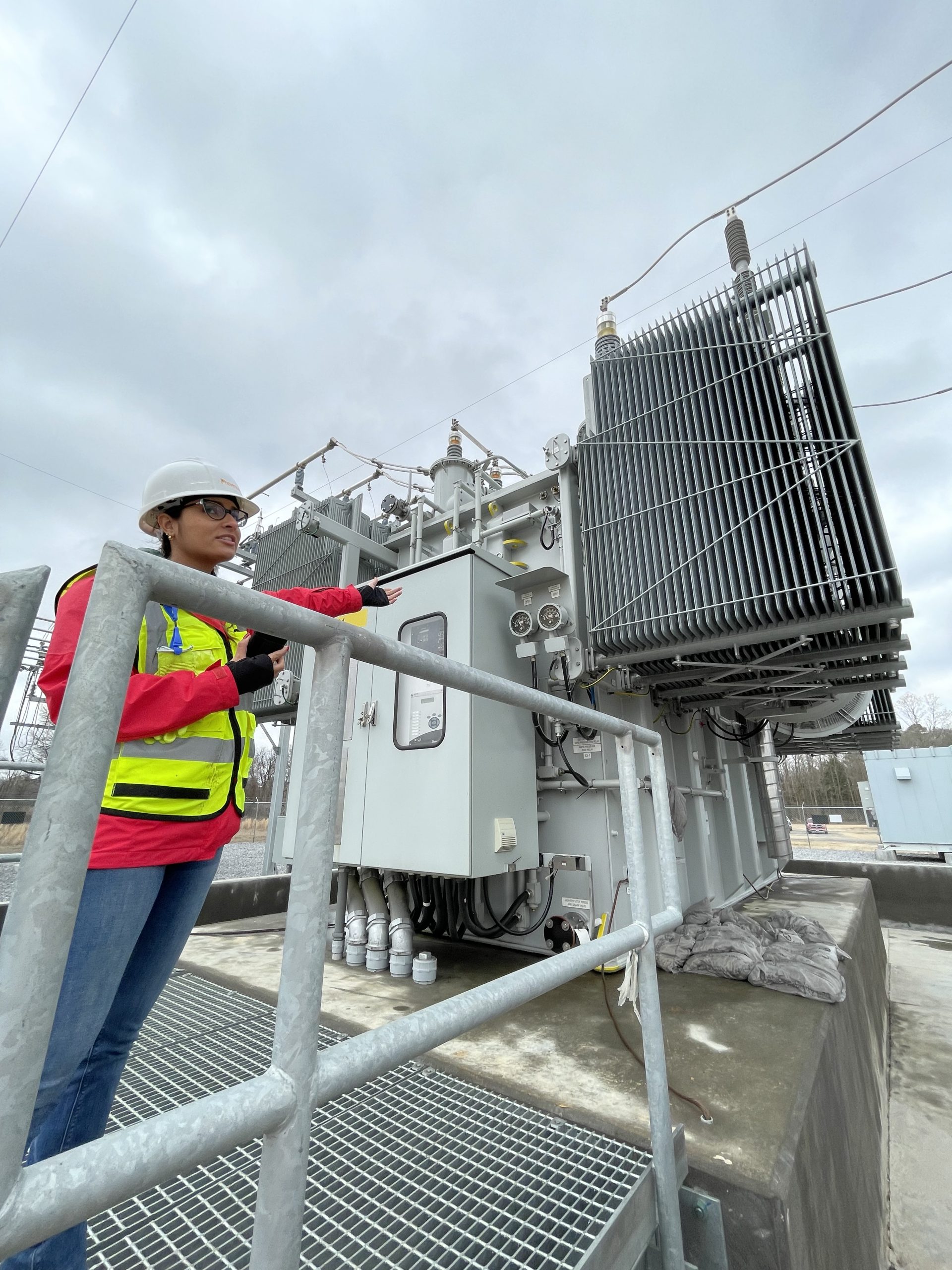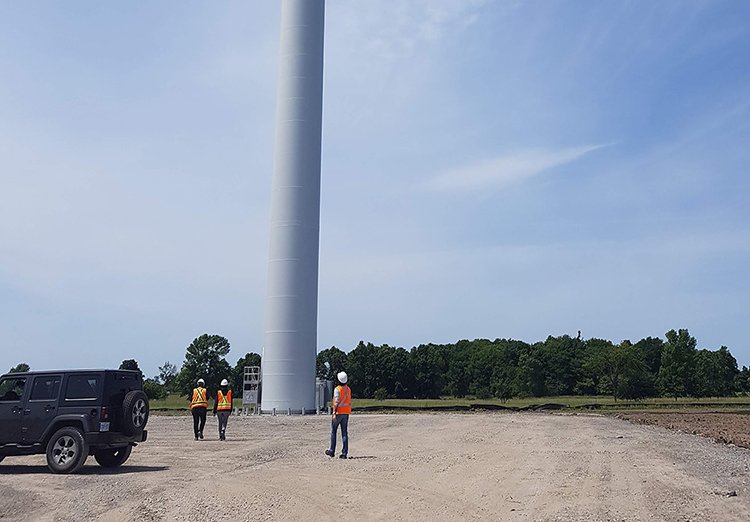Optimal Decentralized Microgrid Coordination

Here is everything you need to know about Optimal Decentralized Microgrid Coordination via the Schur’s Complement and S-Procedure.
The evolving landscape of the electricity sector along with increasing environmental concerns necessitate modern power grids to be more efficient, sustainable, and adaptive. Microgrids typically consist of distributed energy sources that have great potential for enabling energy independence, sustainability, and flexibility.
However, practical difficulties that deter the widespread deployment of microgrids include the unpredictability of local generation sources (e.g., renewables). They also include the lack of inertia that is naturally present in systems containing bulk synchronous plants.
Paper Overview
In this paper, we propose a near real-time microgrid coordination algorithm. In fact, it allows actuating components to adapt to changing system conditions.
We account for the electrical dependencies and limits in microgrid systems by constructing voltage/current balance relations in the dq0 frame and applying strategic decompositions. The aim is to invoke Schur’s complement and S-procedure that allow for a zero duality gap.
We highlight the convergence, feasibility, and scalability features of the proposed decentralized algorithm. In particular, we achieve that via theoretical and comparative practical simulation studies.
MICROGRIDS typically consist of distributed energy resources (DERs) such as photovoltaics and wind turbines. Both generate electricity by tapping onto locally available natural resources which are then delivered at low losses to power consumers residing at close physical proximity. These systems operate in either grid-connected or stand-alone modes.
As the microgrid operating in stand-alone mode lacks the inertia introduced by the main grid, highly fluctuating
power demand/supply will lead to inefficiencies and instabilities. Overcoming them would be possible by applying appropriate optimal steady-state and transient control mechanisms.
In this paper, we focus specifically on steady-state coordination over near real-time horizons (e.g., seconds). Our aim is to closely account for rapidly changing conditions in the microgrid. This remains an open research challenge mainly due to the non-convexities present in power flow relations which must be accurately incorporated for feasible microgrid operations.
Thus, our main contribution in this paper is the proposal of a decentralized DER coordination method that accounts for physical power balance relations with convergence guarantees.
To view the entire Optimal Decentralized Microgrid Coordination PDF, please click here.



